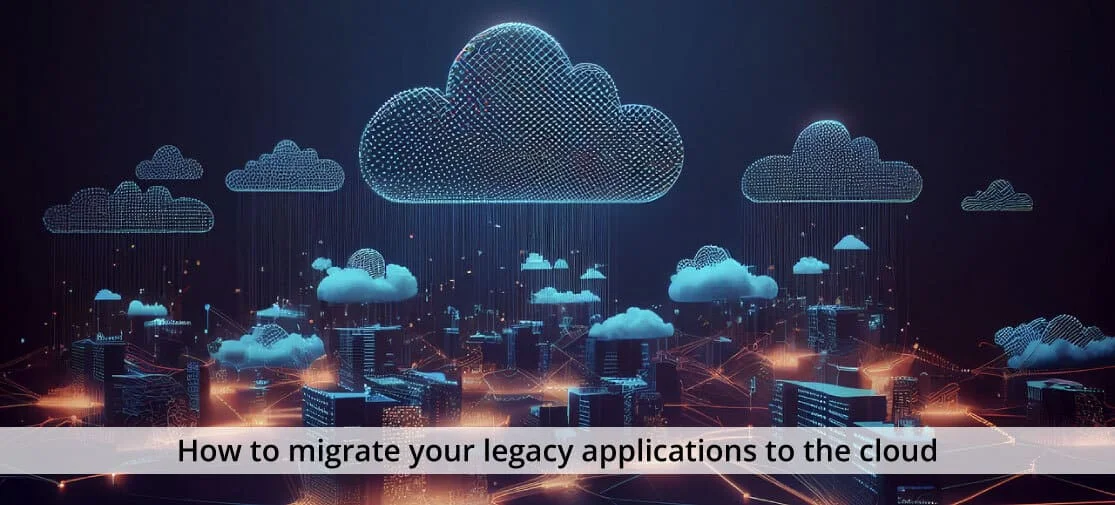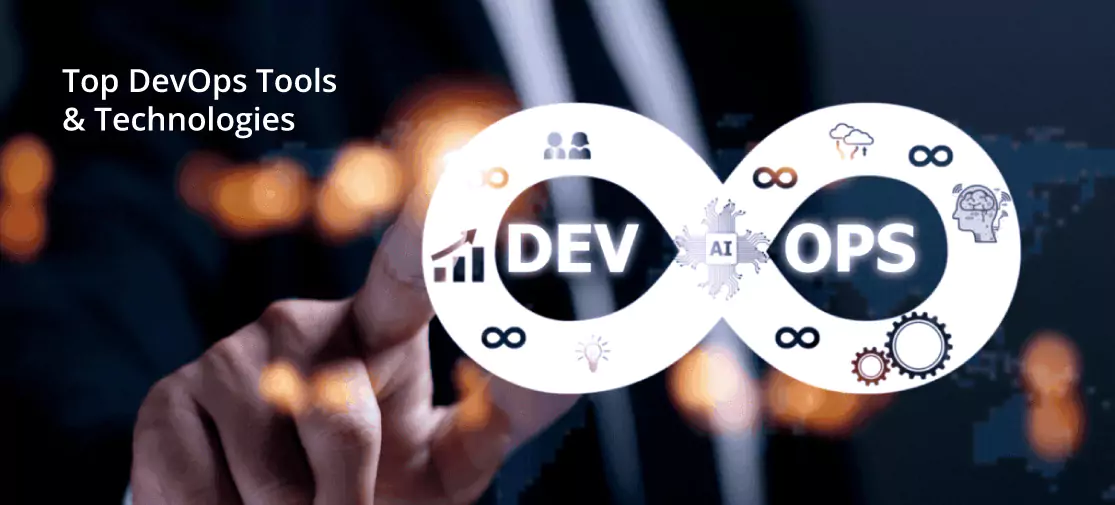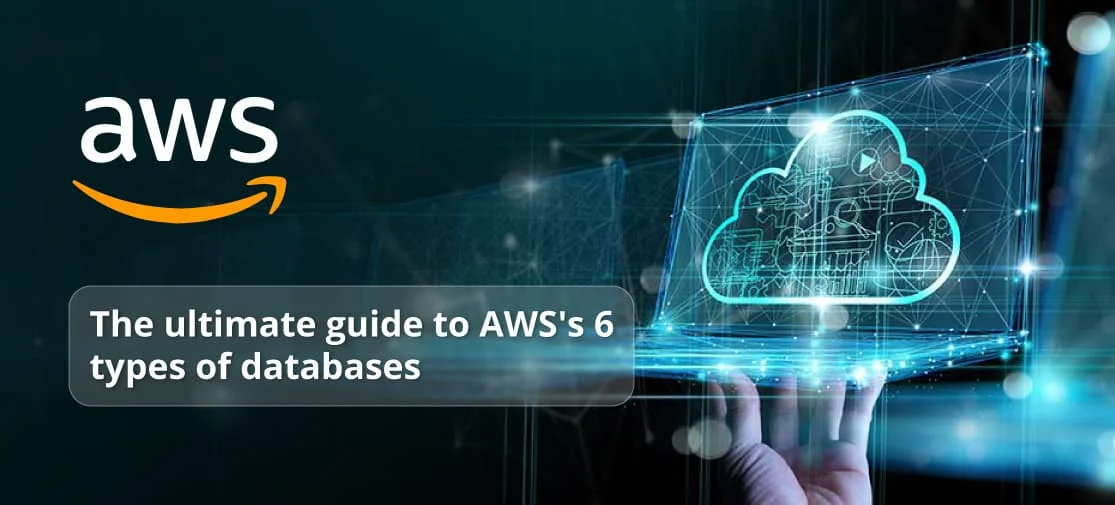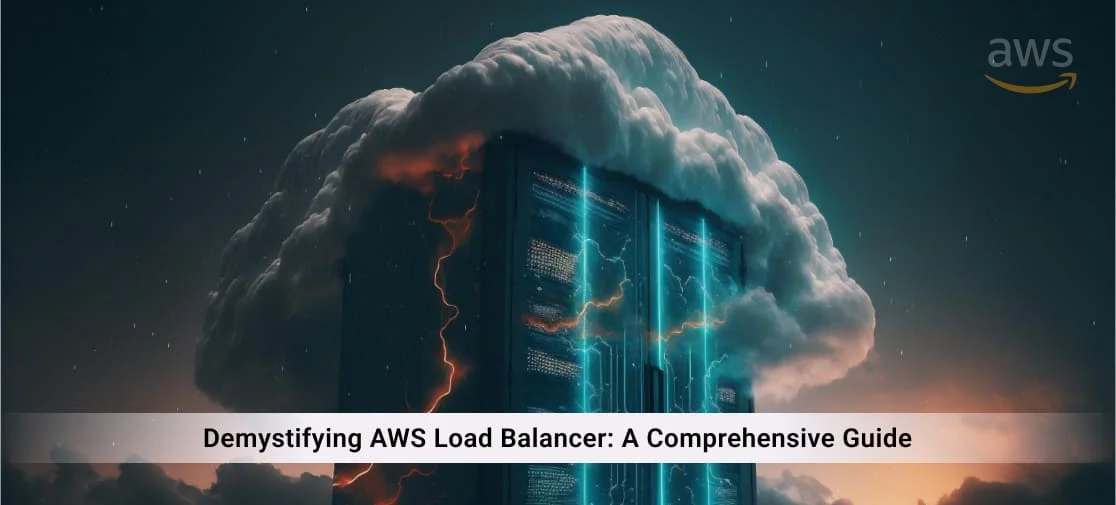Introduction
When the business evolves so should your app. You cannot rely on your on-premise app anymore and need legacy to cloud migration. With the increase in the number of concurrent users using the app, the app speed drops, and sometimes, the app crashes to handle these heavy requests hitting the server. The best solution is migrating the legacy application to the cloud without disrupting the operations and keeping the risks linked to outdated systems at bay.
Many businesses like to move to the cloud-based environment to boost the app's speed and security and keep maintenance expenses at bay. Follow these steps to migrate legacy applications to the cloud.
Set goals and have a solid strategy to migrate.
Learn why to migrate legacy applications to the cloud and the app components to migrate. The goals and objectives will be analyzed, and insights into how the company benefits from this migration should be learned.
The timeframe it takes to migrate, the cost incurred to the company, and how the app performance will be enhanced will aid in developing the right migration strategy.
Check the existing tech stacks
Businesses should not go for migration directly but should assess the performance of the current tech stack and how effectively it is functioning. When you do the audit, you can know if the migration is worth doing.
The audit and assessment teams will guide you on whether the infrastructure or software would add value to the company through this migration. The most critical areas to audit are the architecture at a high level, components, source code of the application, user interface and support processes, and any other method that is key for migration.
Select the right approach to migrate the application
How to migrate legacy apps to Azure? The most critical challenge that every company faces is migrating the application without causing any interruption to the current application usage and at a low cost.
You can choose any of the following approaches or combine two to three strategies to migrate the app:
As-is-shift
The whole application will be migrated to the cloud. This implementation must be done in a short time. It is ideal for businesses that have little workload.
Phased
The application will be migrated in multiple go. Instead, the companies embrace the phase-wise migration approach, migrating component by component. It is feasible for large companies. The approach is less risky. The chances of migration failure are also less.
Rehosting
You can either partly or entirely migrate the app without revamping its architecture. As soon as companies move the app to the cloud, the app starts to run without making any further changes.
Refactoring
It is an approach where many modifications are carried out on the application architecture and its code base to fit the cloud environment. It uses different resources to move to the cloud, with high costs.
Retiring
You can move all the parts of IT, such as apps, services, and tools, that are not required or do not impact the business.
Set up a team to do the legacy migration
There needs to be a strong team with ample experience to migrate legacy applications to the cloud. You can also upskill the staff to do this transition. They will find out the key components that must be relocated. They embrace agile methodology to make the transition comprehensive. The team should have a scrum master, software architect, product manager, developers, DevOps, UX/UI designers, and quality team.
Allocate funds
The cost associated with cloud migration is enormous. There needs to be a budget for this migration, which includes pre and post-migration expenses so that resources can be allocated to do the migration job without interruption in every phase.
Choose the best cloud service
You must choose the best cloud provider that suits your business needs and product requirements to migrate.
IaaS: The companies will only pay for the infrastructure used to run the app. They can scale up and down based on demands. The resources used are processors, storage, servers, and networks.
Ex - AWS, Azure, and GCP
PaaS: The providers will manage the hardware and OS for you, and you can focus on developing code and automating the pipelines.
Ex-Google Cloud, Oracle Cloud platform, Azure, and IBM Cloud.
SaaS: You can develop the app over the web. The infrastructure maintenance is handled by the companies only.
Ex - DropBox, Salesforce, and DocuSign
Implement migration
Now that all the business requirements are set, you can seamlessly perform the migration process. Once the migration is done, you must rigorously test the application in the new environment. If you face any issues, you can always contact the cloud provider.
Conclusion
Did you learn how to migrate legacy apps to the cloud? Got an idea. You can seamlessly perform the migration of your legacy app on your company server to the company following the above steps.




